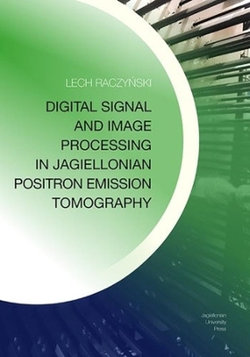In this context, it is worth to mention that the Jagiellonian PET (J-PET) Collaboration developed a novel whole-body PET scanner based on plastic scintillators. They are much cheaper than crystal scintillators, which gives the opportunity to reduce the high cost of PET scanners and make them more affordable. However, plastic scintillators have much lower detection efficiency of gamma quanta compared to inorganic scintillation crystals. This can be compensated by increasing the scanner field of view and improving the time resolution in the measurement of the time of flight of gamma quanta. The J-PET scanner consists of plastic scintillator strips read out at both ends by a pair of photomultipliers and arranged axially around a cylindrical tomograph tunnel. The axial coordinate of the annihilation photon interaction point in the scintillator strip is derived from the difference of the light propagation time measured with the pair of photomultipliers.
The operational principles of the J-PET scanner are similar to conventional tomographs, except that the highly accurate time information is of paramount importance. Therefore, the J-PET scanner demands a preparation of novel methods on each step of the data processing. The goal of the work presented in this dissertation is a development of the signal and image processing algorithms taking into account uniqueness of the J-PET detector. The proposed methods include: signal recovery based on samples of a waveform registered on photomultiplier output, reconstruction of position and time of interaction of annihilation photon in the scintillator strip, classification of PET events types and image reconstruction that operates exclusively in the image space. Due to the dissimilarity from the conventional PET scanners, majority of the methods presented in this dissertation are innovative solutions in digital signal and image processing in tomography.




Share This Book: